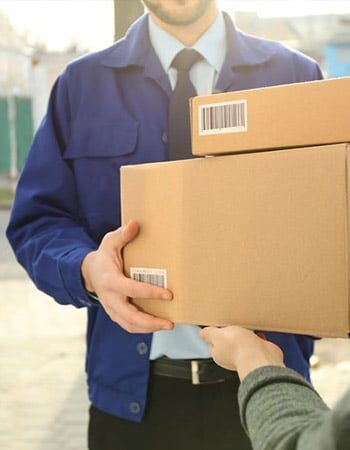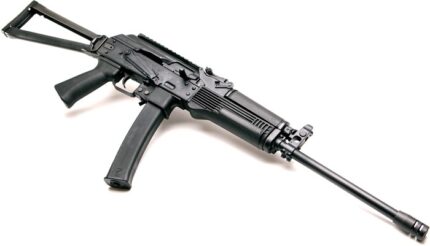NRF ASSAULT RIFLE
It appears there might be some confusion or a mix-up with the name “NRF Assault Rifle,” as there is no widely recognized firearm manufacturer or specific model known as the NRF Assault Rifle. It’s possible that “NRF” could refer to a specific manufacturer or a designation in a specific context, but without more specific information, it’s challenging to provide precise details.
However, if you’re referring to a generic concept of an assault rifle, I can provide a detailed overview of what an assault rifle typically entails. If you have more specific information or a different name, please provide that for a more accurate description.
NRF ASSAULT RIFLE General Characteristics:
An NRF ASSAULT RIFLE is a selective-fire rifle that uses an intermediate cartridge and a detachable magazine. These riffles are primarily used by military forces around the world.
Key Features:
- Caliber: Typically chambered in intermediate cartridges such as 5.56x45mm NATO, 7.62x39mm, or 5.45x39mm.
- Action: Gas-operated with a rotating bolt.
- Fire Modes: Selective fire options including semi-automatic and fully automatic or burst mode.
- Barrel Length: Varies, typically between 14.5 inches to 20 inches.
- Overall Length: Varies based on the design and whether the stock is fixed or adjustable.
- Weight: Generally between 6 to 9 lbs unloaded.
- Magazine: Detachable box magazines, usually 20 to 30 rounds; higher capacity magazines are also available.
- Sights: Equipped with iron sights and often with Picatinny or other rails for mounting optics.
- Furniture: Often made of durable polymer or aluminum, with modular options for accessories.
Common Examples:
- AK-47/AKM: Developed by Mikhail Kalashnikov, chambered in 7.62x39mm.
- M16/M4: Standard issue for the U.S. military, chambered in 5.56x45mm NATO.
- FN SCAR: Used by U.S. Special Operations Command, available in multiple calibers.
- HK416: Used by various military and law enforcement units, chambered in 5.56x45mm NATO.
Use Cases:
- Military: Standard issue for infantry and specialized units.
- Law Enforcement: Used by tactical teams for high-risk operations.
- Civilian Use: In semi-automatic variants for self-defense, sport shooting, and hunting (where legal).
Pros and Cons:
Pros:
- Versatile and adaptable for various combat scenarios.
- Intermediate cartridges offer a good balance between range, recoil, and stopping power.
- High-capacity magazines enhance sustained fire capability.
Cons:
- Fully automatic fire can lead to rapid ammunition expenditure.
- Strictly regulated in many countries, with full-automatic versions often restricted to military use.
- Heavier and bulkier than smaller firearms like submachine guns or pistols.
Legal and Safety Considerations:
- Always check local laws and regulations regarding the ownership, modification, and use of assault rifles.
- Proper training and adherence to safety protocols are essential when handling any firearm.
Conclusion:
Assault rifles are a critical component of modern military arsenals, offering a versatile platform for various combat roles. They balance firepower, accuracy, and durability, making them suitable for a wide range of applications. While civilian ownership is often restricted or regulated, their semi-automatic variants are popular among enthusiasts for sport shooting and self-defense where permitted by law.
If you can provide more specific details about the “NRF Assault Rifle,” I would be happy to refine the information further.















Reviews
There are no reviews yet.